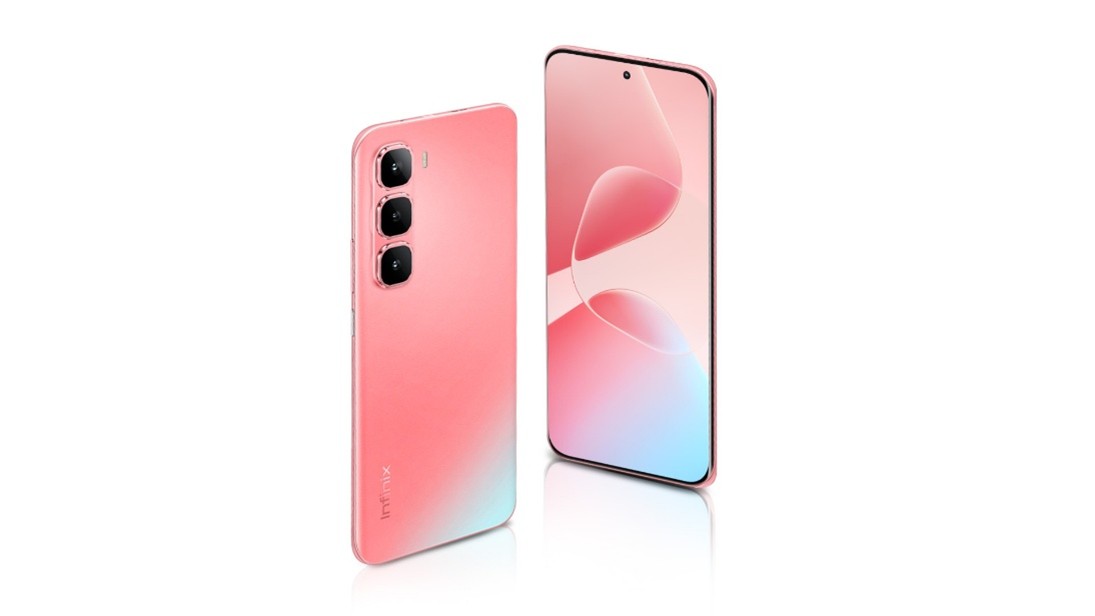Meta’s collaboration with Ray-Ban has already made waves in the world of smart eyewear, but the company is far from done. Under the codename Supernova, Meta is developing a new lineup of smart glasses tailored to different users, from casual wearers to high-performance tech enthusiasts. With each new model, Meta is pushing closer to its ultimate goal: a world where smart glasses replace smartphones.
Next-Gen Smart Glasses: A Model for Every User
Supernova 2: The Athlete’s Companion
First on the list is Supernova 2, a high-performance smart glasses model inspired by Oakley’s Sphaera sports glasses. Designed for cyclists and outdoor adventurers, this version will feature:
✔ A built-in camera for capturing the action.
✔ Integrated speakers for hands-free communication.
✔ AI-powered features to enhance the user experience.
With Oakley and Ray-Ban both owned by EssilorLuxottica, Meta’s manufacturing partner, this crossover is a natural evolution of smart eyewear.
Hypernova: A Glimpse into the Future
The real game-changer, however, is Hypernova—a step toward fully integrated augmented reality. Unlike previous models, Hypernova will feature a built-in display on the right lens, allowing users to see:
✔ Notifications and app updates without reaching for their phone.
✔ Photo previews in real time.
✔ Essential information at a glance.
While it doesn’t offer full-fledged augmented reality (AR) just yet, it’s a massive leap forward. However, this cutting-edge tech comes at a price—Hypernova is expected to retail for around $1,000, a steep jump from the $300 base Ray-Ban smart glasses.
Meta’s Ultimate Goal: True Augmented Reality
While Hypernova teases a future of seamless digital overlays, Meta’s real AR revolution is taking shape in a far more ambitious project: Orion.
Orion: The $10,000 AR Prototype
Unveiled last year, Orion isn’t just another pair of smart glasses—it’s a full-fledged AR system. Unlike Hypernova, which offers limited screen functionality, Orion aims to deliver:
✔ True Augmented Reality, where digital objects blend seamlessly into the real world.
✔ A futuristic control system, including a bracelet that tracks hand movements.
✔ An external computing module, handling complex processing tasks.
The catch? The setup is bulky, and at a jaw-dropping $10,000 price tag, it’s clear that Orion isn’t meant for the average consumer. Instead, Meta is targeting developers and early adopters by 2026, hoping to gain an edge over competitors like Snap’s AR Spectacles.
What Comes Next?
If Orion is too expensive and complex for everyday users, Meta’s next project—Artemis—could change that. Expected in 2027, Artemis is rumored to be:
✔ Lighter and sleeker than Orion.
✔ More integrated, possibly eliminating the need for an external computing module.
✔ A true smartphone alternative, marking a major milestone in AR development.
Beyond glasses, Meta’s Reality Labs is exploring other futuristic wearables, including:
✔ A revamped smartwatch, a project that has been repeatedly canceled and revived.
✔ AI-powered earbuds with built-in cameras, allowing users to interact with their surroundings in new ways.
A Future Without Smartphones?
Meta’s aggressive push into wearable technology signals a future where smart glasses replace traditional mobile devices. The transition won’t happen overnight, but with projects like Hypernova, Orion, and Artemis, it’s no longer a question of if—but when.
And with Meta leading the charge, that future might be closer than we think.





